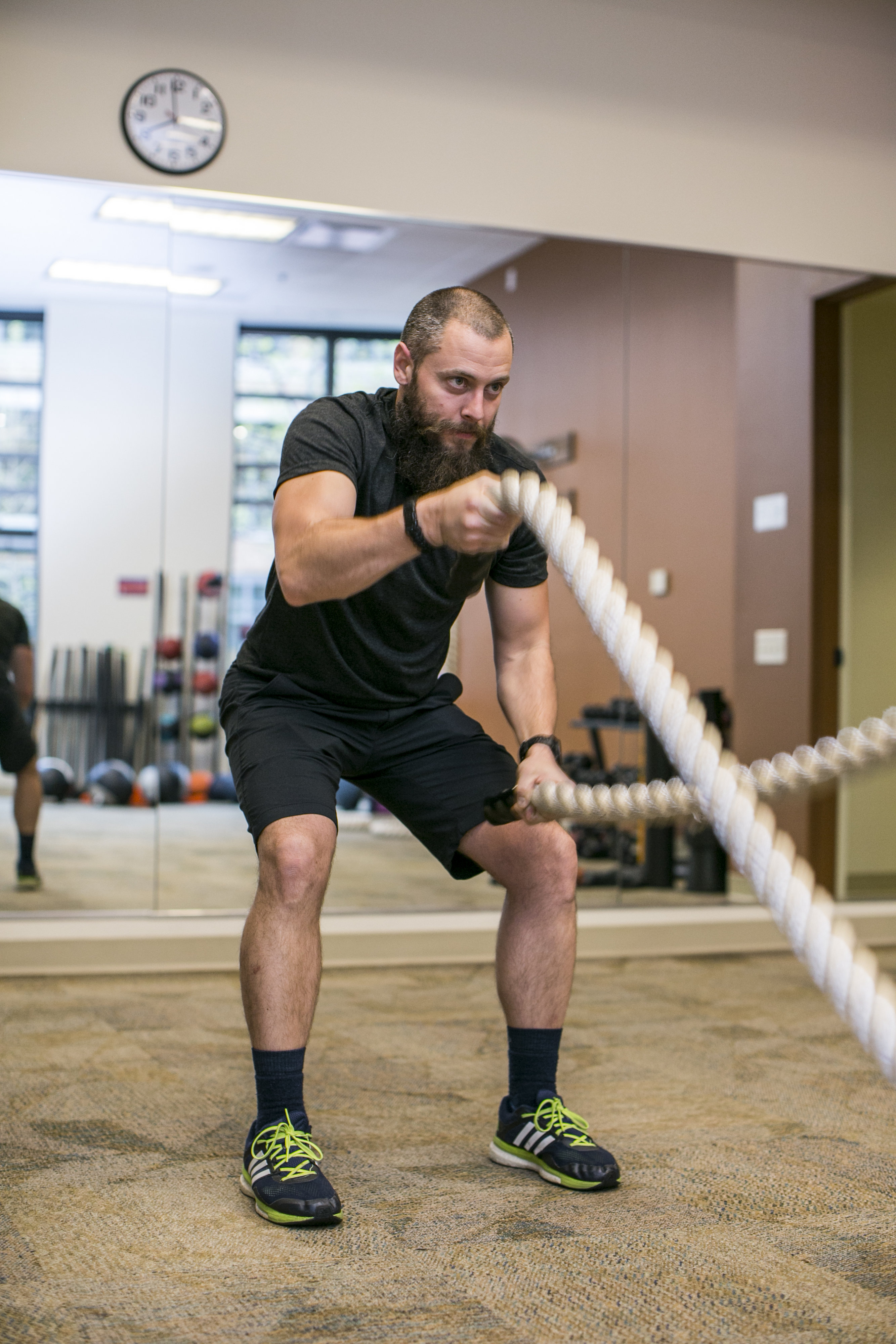

This is especially effective in improving your speed endurance and anaerobic performance, which is why this type of training is used by nearly every elite-level cyclist and middle-distance (800-1500m) runner. Thus, it is often used as a time-efficient way to maintain and maximal oxygen uptake (VO₂max), which is considered the biggest contributor to endurance capability.įor example, your workout could consist of four to five 30s sprints, with four minutes between each sprint. In fact, SIT workouts have proven to be as good or even better than regular continuous aerobic training despite being significantly shorter in training duration. Sprint interval training has consistently yielded great improvements in athletic performance.

Long aerobic interval training: Long sprints that focus mainly on aerobic metabolism.Short aerobic interval training: Short sprints that focus mainly on aerobic metabolism.Anaerobic interval training: Short sprints that focus mainly on anaerobic metabolism.What makes these methods different is the duration of each sprint, yielding slightly different physiological and metabolic effects. It can also be divided into three distinct training types anaerobic interval training, short aerobic interval training, and long aerobic interval training. Sprint interval training (SIT) refers to repeated sprints of all-out exercise, interspersed by periods of active or passive recovery. Remember, consistency is key even though progress may sometimes feel slow. With this in mind, try to balance your HIIT sessions with traditional strength or endurance training and increase the intensity when your body is ready for it. Longer intervals (up to 5:1) also increase physical effort and therefore focus on anaerobic performance.Īnother thing to keep in mind is that it takes up to 48-72h to recover from a high-intensity training session. As you progress, you could slowly increase the exercise duration and decrease the recovery period. If you are just starting out, you could have a work/rest ratio of 1:1 (i.e. Simply put, the longer or more intense the exercise is, or the shorter the recovery period is, the more challenging a training session will be. To create your own routine, you need to consider these four factors These exercises usually consist of various bodyweight or light resistance movements, or sprints performed at maximum intensity. This also raises your heart rate up to 80-95% of your maximum, giving your body a real challenge.ĭue to its intensity, HIIT training is both a quick and effective training method, while also being suitable for nearly everyone regardless of their level of fitness. High-intensity interval training (HIIT) refers to short bursts of intense effort with short recovery periods in between and performed against time. This post explains the basic mechanisms of high-intensity interval training, and what makes it so effective.īasics of high-intensity interval training As far as performance goes, consistent high-intensity interval training improves your ability to tolerate and buffer lactate, resulting in better endurance capability.īecause HIIT is all the rage at the moment, it is also often misused to suit any type of intense exercise that you see at the gym. The lactic acid buildup also increases oxygen debt, which means that your heart and lungs must work harder break down the lactic acid and stop further oxygen debt. This is thought to hinder the mechanical properties of the muscles, causing fatigue. Thus, as the intensity and duration of the exercise grows, your body starts producing lactic acid.

Due to its intensity, HIIT challenges both your aerobic (with oxygen) and anaerobic (without oxygen) energy systems. The reason why high-intensity interval training is so popular is that it is incredibly time-efficient, meaning that you can fully challenge your body in a much shorter time than with regular continuous endurance exercises. One of the most popular methods is high-intensity interval training, also known as HIIT. However, there are tons of other exercise methods you can do to bring some variety to your exercise routine. Some consider heavy weight training the perfect workout, while others may prefer longer endurance-based exercises to keep in shape.


 0 kommentar(er)
0 kommentar(er)
